New IP-DECT handset from Yealink W52P
The company Yealink almost at the last moment jumped into the departing train called SIP-DECT.
In this market for a long time and not unsuccessfully offering their products Gigaset, Panasonic, Grandstream. Given the color screen of the W52P, it would be most correct to compare it with the Gigaset.
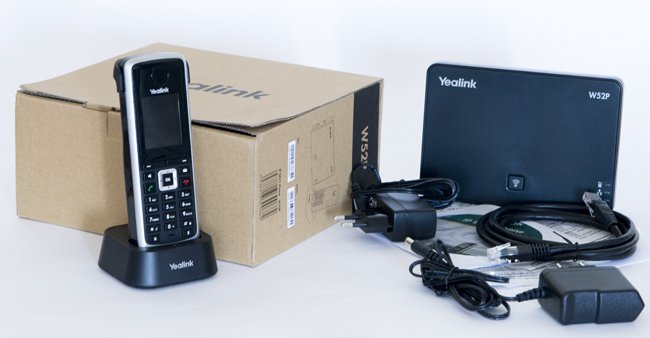
Appearance

The design of the tube is made in the style of "brick", but this does not particularly affect the position of the device in the hand, it is most likely affected by the habit of wide smartphones. But the buttons are not enough, it is not convenient to press them.
Fingerprints are visible on the side polished plastic insert.
')
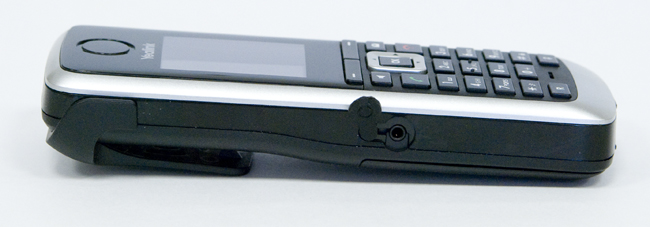

As for the base itself, I was pleased with the PoE support, it also includes a regular power supply unit. Installation is possible as an option with placement on the table, and on the wall. The only button performs the role of "tube finder", when pressed, all the devices call so that they can be found. There are 3 indicators - power, local network and DECT.
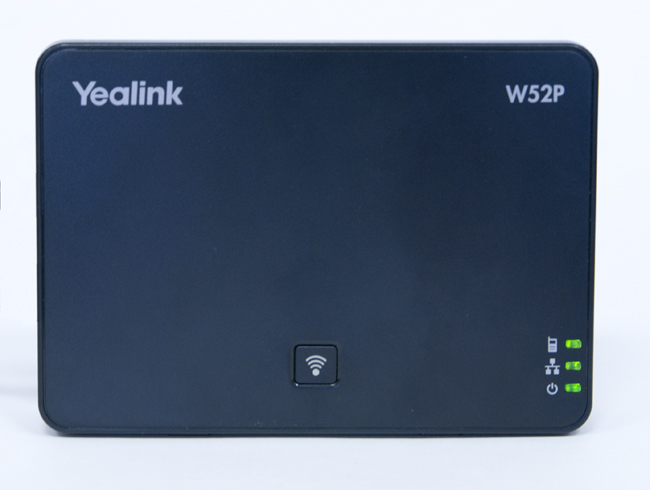
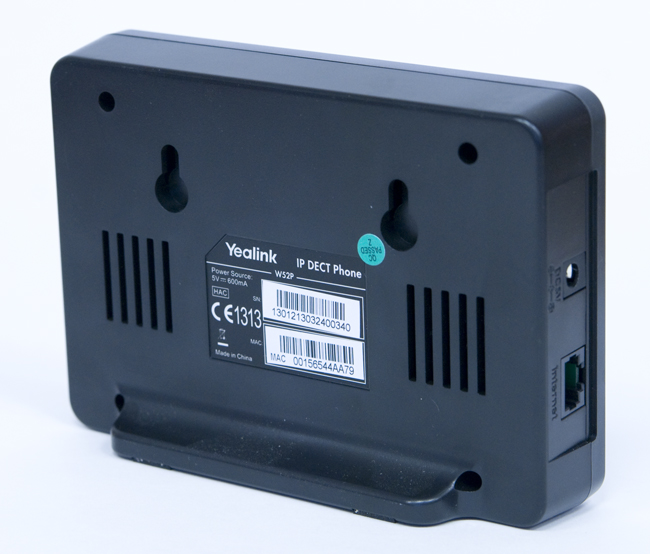
Interface
It feels like the phone is faster than Gigaset, but there is a suspicion that the Call History is stored on the base, and not on the device itself, since when you try to see it, it loads with a slight delay. Intercom mode is available for the handset, that is, when the database loses communication with the SIP server, it is possible to stay connected to the internal numbers. True, calls will no longer be made to internal numbers, but to handset identifiers. In the "System" section I was interested in the functions of setting up the base station through the handset and especially in the "Repeater Mode", apparently some groundwork for the future.

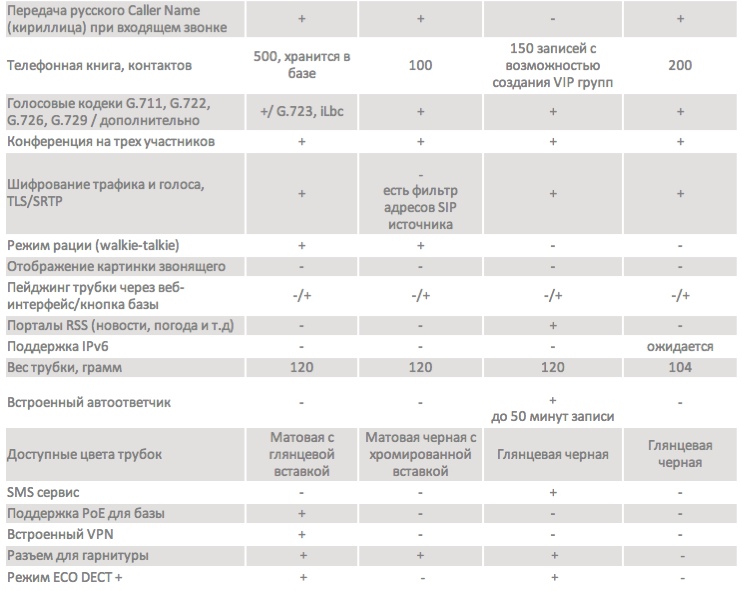
Total
The device is quite interesting, but against the background of competitors it can not boast of highly outstanding features. Most likely, this is why Yealink enters the market of small DECT systems one of the last, when the “glade” is already divided. However, almost every manufacturer has its own small complaints (if you take the closest competitor Gigaset, it slows down in terms of the interface and the convenience of transfer is in doubt). One can only count that Yealink in the process of “finishing off” the product will offer customers something special (for example, a handover between the bases). In general, the first step to the DECT market was a success, but it was somehow delayed.
In this market for a long time and not unsuccessfully offering their products Gigaset, Panasonic, Grandstream. Given the color screen of the W52P, it would be most correct to compare it with the Gigaset.

Appearance

The design of the tube is made in the style of "brick", but this does not particularly affect the position of the device in the hand, it is most likely affected by the habit of wide smartphones. But the buttons are not enough, it is not convenient to press them.
Fingerprints are visible on the side polished plastic insert.
')


As for the base itself, I was pleased with the PoE support, it also includes a regular power supply unit. Installation is possible as an option with placement on the table, and on the wall. The only button performs the role of "tube finder", when pressed, all the devices call so that they can be found. There are 3 indicators - power, local network and DECT.


Interface
It feels like the phone is faster than Gigaset, but there is a suspicion that the Call History is stored on the base, and not on the device itself, since when you try to see it, it loads with a slight delay. Intercom mode is available for the handset, that is, when the database loses communication with the SIP server, it is possible to stay connected to the internal numbers. True, calls will no longer be made to internal numbers, but to handset identifiers. In the "System" section I was interested in the functions of setting up the base station through the handset and especially in the "Repeater Mode", apparently some groundwork for the future.


Total
The device is quite interesting, but against the background of competitors it can not boast of highly outstanding features. Most likely, this is why Yealink enters the market of small DECT systems one of the last, when the “glade” is already divided. However, almost every manufacturer has its own small complaints (if you take the closest competitor Gigaset, it slows down in terms of the interface and the convenience of transfer is in doubt). One can only count that Yealink in the process of “finishing off” the product will offer customers something special (for example, a handover between the bases). In general, the first step to the DECT market was a success, but it was somehow delayed.
Source: https://habr.com/ru/post/191366/
All Articles